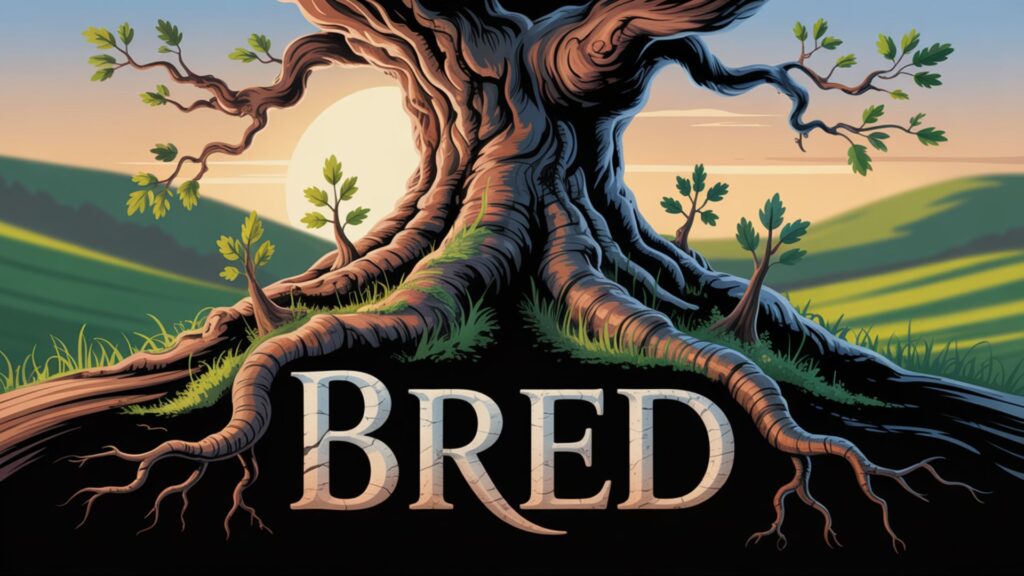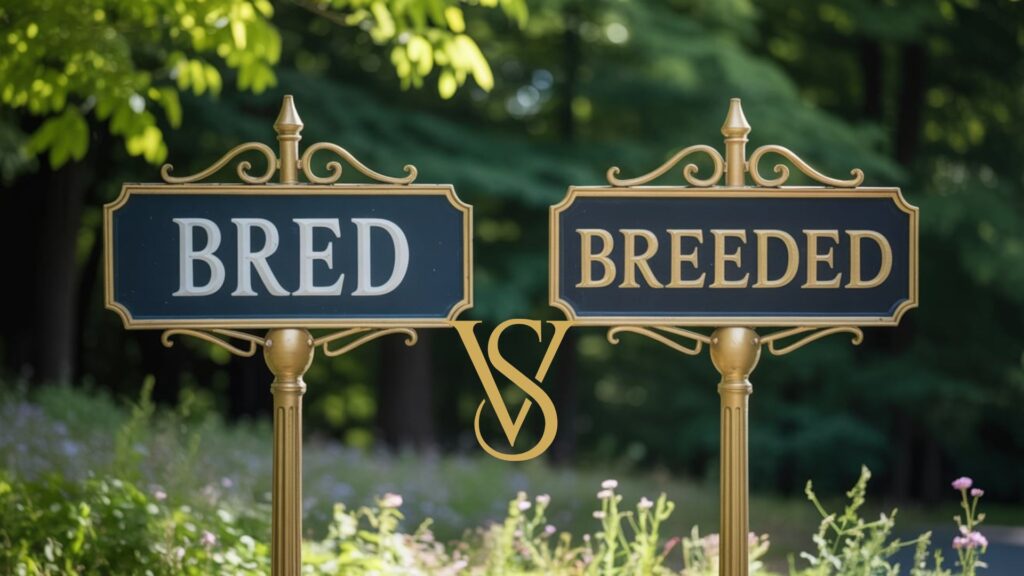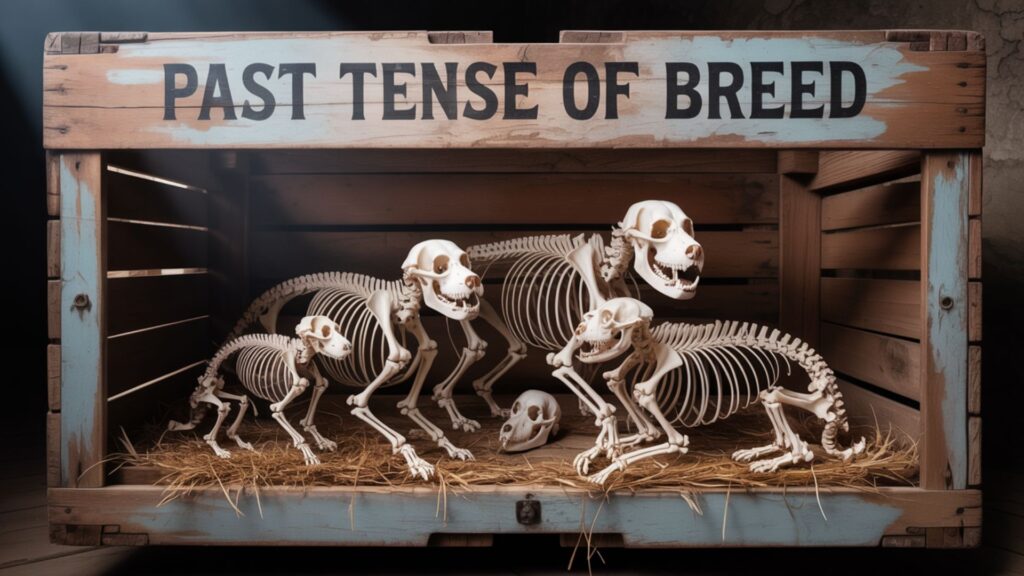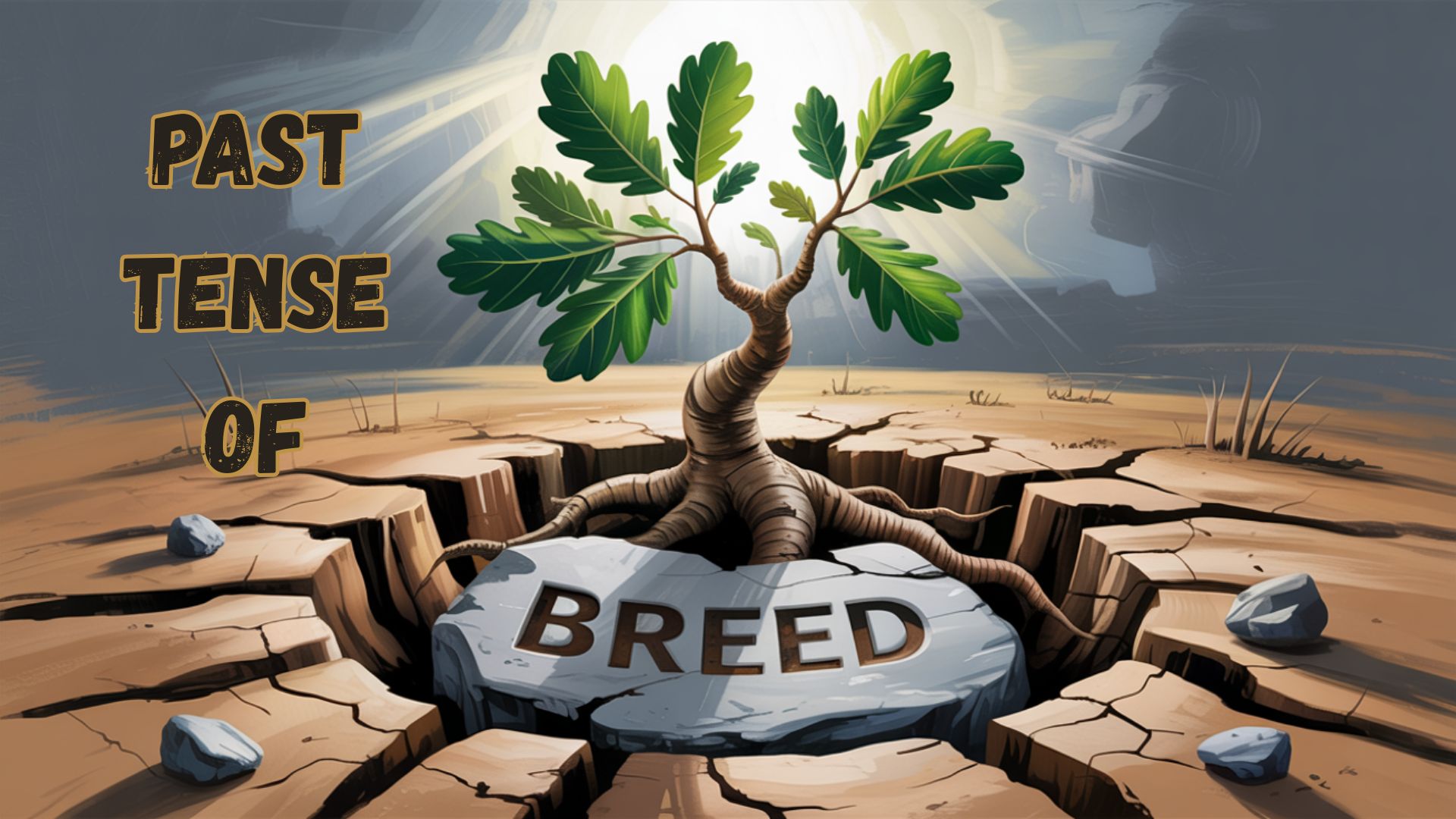Understanding the nuances of English can be tricky, especially when it comes to irregular verbs. One common question is: What’s the past tense of breed? Is it breeded or bred? Let’s explore this topic thoroughly, providing examples and scenarios that illustrate the correct usage.
The Correct Answer: Bred

The past tense of breed is bred. This is an irregular verb, meaning it doesn’t follow the standard rule of adding -ed to form the past tense. Instead, bred serves as both the past simple and past participle form of the verb.
Why Does It Matter?
Using the correct form is crucial for effective communication. Misusing verbs can lead to misunderstandings or make your writing appear less polished. Knowing the right form helps convey your message clearly and confidently.
Scenario 1: An Email to a Friend
Imagine you’re writing an email to your friend, Sarah, about your recent visit to a local farm. Here’s how you might use the word correctly:
Subject: My Visit to the Farm
Hi Sarah,
I hope you’re doing well! I just wanted to share my experience from the farm I visited last weekend. The owner breeds rare breeds of cattle and has successfully bred some amazing calves this year.
I learned so much about how different breeds thrive in various environments. It was fascinating to see how he manages the breeding process!
Let’s catch up soon!
Best,
John
In this email, John uses bred correctly, showcasing his knowledge of the verb while sharing an engaging story.
Common Mistakes: Breeded vs. Bred

Now that we know the correct form is bred, let’s explore why some people might mistakenly use breeded. This confusion often arises because of the general rule for regular verbs, where adding -ed forms the past tense. Breed is an exception, and confusion can occur, especially for non-native speakers.
The Origin of the Confusion
The irregularity of English verbs can be perplexing. Many English learners may think that since lead becomes led, breed should similarly follow suit. However, English is notorious for its exceptions, and breed is one of them.
Scenario 2: A Text to a Colleague
Consider this hypothetical conversation between two colleagues, Emily and Mark, discussing a project on animal genetics:
Emily: Hey Mark, how’s the research coming along?
Mark: It’s going well! I’ve been looking into how different species have been breeded for specific traits.
Emily: Just a heads-up, it’s actually bred not breeded.
Mark: Thanks for the correction! I’ll make sure to use it correctly in the report.
In this dialogue, Mark initially misuses breeded, but Emily helps clarify the mistake. Such interactions can help reinforce proper usage in everyday conversations.
Real-Life Applications of Bred
Let’s expand on the use of bred in various contexts. This word frequently appears in discussions about agriculture, animal husbandry, and even in metaphorical applications.
Scenario 3: A Blog Post
Imagine a blog post about sustainable farming practices. The author could write:
Title: Sustainable Farming: How We Bred Resilient Crops
In our quest for sustainable agriculture, we have bred crops that can withstand harsh weather conditions. By selecting the best varieties over generations, farmers have successfully created plants that are not only productive but also resilient.
This breeding process is essential for ensuring food security in the face of climate change.
In this example, the author uses bred to discuss ongoing efforts in agriculture, highlighting the importance of the term in a relevant context.
The Importance of Context

Understanding how to use bred correctly hinges on context. In conversations about animal breeding, agriculture, or even in cultural discussions, the term can take on different meanings.
Scenario 4: A School Assignment
Let’s say a student, Lisa, is writing a paper about dog breeding. Her introductory paragraph might read:
In my research on dog breeds, I discovered how certain breeds have been carefully bred for specific traits, such as temperament and size. This meticulous process has resulted in a variety of breeds catering to different needs from companionship to working roles.
Lisa’s use of bred illustrates her understanding of the subject while keeping her writing clear and engaging.
Conclusion: Mastering Irregular Verbs
In conclusion, mastering the past tense of breed which is bred is essential for anyone looking to enhance their English skills. Misusing the term can lead to confusion, but understanding its correct form can enrich your writing and spoken communication.
Key Takeaways
- Bred is the correct past tense of breed.
- Misuse often stems from misunderstanding irregular verbs.
- Context is crucial in applying the term effectively.
By being mindful of these points, you can communicate more effectively and avoid common pitfalls. So, the next time you talk about animal breeding or related topics, remember: it’s all about bred!

